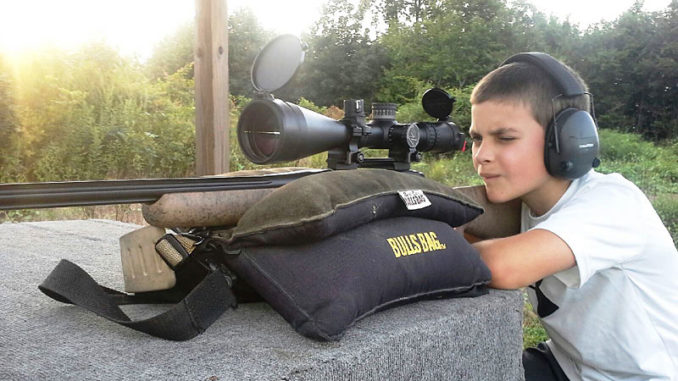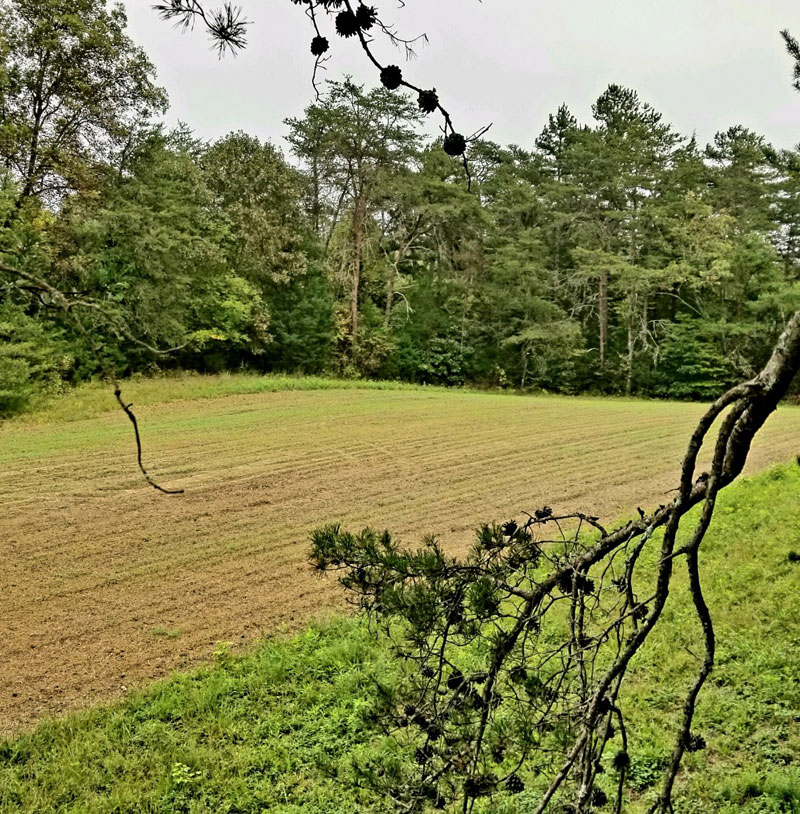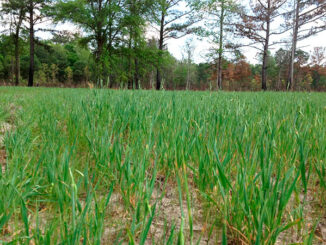
Make sure you’re shooting straight with these tips
Deer season arrives this month for archery hunters in most North Carolina and South Carolina counties. In some areas of the Palmetto State, the firearms season is well underway. Whichever preferred weapon you use to take down Bambi’s granddaddy, some pre-hunt firearms workouts and archery practice is in order.
Deer hunting has so many variables that must come together to get that trophy buck on the ground. Mature bucks spend their lives eating, breeding and avoiding dangerous places. But even the most sly bucks make mistakes that allow hunters the opportunity to take a trophy. When the time is right and that mature animal makes a mortal mistake, hunters must make their opportunities count and operate their weapon to its ability.
Too many times, hunters miss out on an opportunity to take a prized critter they have been watching from afar for years. It surely doesn’t have to be that way. Hunters should eliminate as much error as possible before getting in a tree stand on opening day. And it should start with their weapon of choice.
Security briefing

The first concern for bowhunters should be the security of the rest, sight and other moving parts of the bow. Everything placed on a bow to aid an archer is typically adjustable and has mounting screws or mounting bolts. Over time, through different temperatures and travel, the hardware can loosen and give inaccurate readings. Always check all mounting hardware to ensure a continued secure connection to prevent unanticipated movement.
Of course, archery hunters need to send a couple of hundred arrows into a target at different ranges to make sure their equipment is refined and ready for a hunt. A lot can happen to a bow while stored through the year that can detract from precise and accurate shots. Practice will give archers various benefits, from body conditioning to handling shots at various ranges. And it will give archers confidence in their equipment and where their arrows are going.
Archery shots are typically intimate opportunities that don’t happen often. And hunters may get only one opportunity. Practice may not solidify a perfectly placed shot, but it surely can reduce the chances of a missed opportunity.
Rifle hunters are not to be left out either. Even though rifles are precision instruments, along with their expensive scopes that ride on top, their accuracy can change unexpectedly. A bumpy road or a few rough moves in and out of the gun safe can negatively impact the accuracy of these weapons. Nobody wants to find out their rifle is shooting 6 inches high and 10 inches right when the buck they have been watching for 3 years is standing broadside at 75 yards.
Tighten them up
The first thing rifle hunters should do is check the mounting screws. Loose screws can allow scopes to float around and provide inaccurate readings.
Fortunately for rifle hunters, it only takes a few shots on the bench to check a rifle and scope’s accuracy. It should never be avoided before going on a hunting trip if going behind the house, 60 miles to a hunting lease or to Wyoming to nail a bull elk.
Many hunters prepare for out-of-state trips. And some out-of-state hunters venture into the Carolinas to find a trophy animal. Baggage handlers at the airport aren’t concerned with the accuracy of your weapon before or after they have tossed the rifle case around like a rag doll. It is imperative to always shoot the weapon after arriving at your destination to make sure the crosshairs remain on target. And rifles should always be handled carefully.





Be the first to comment